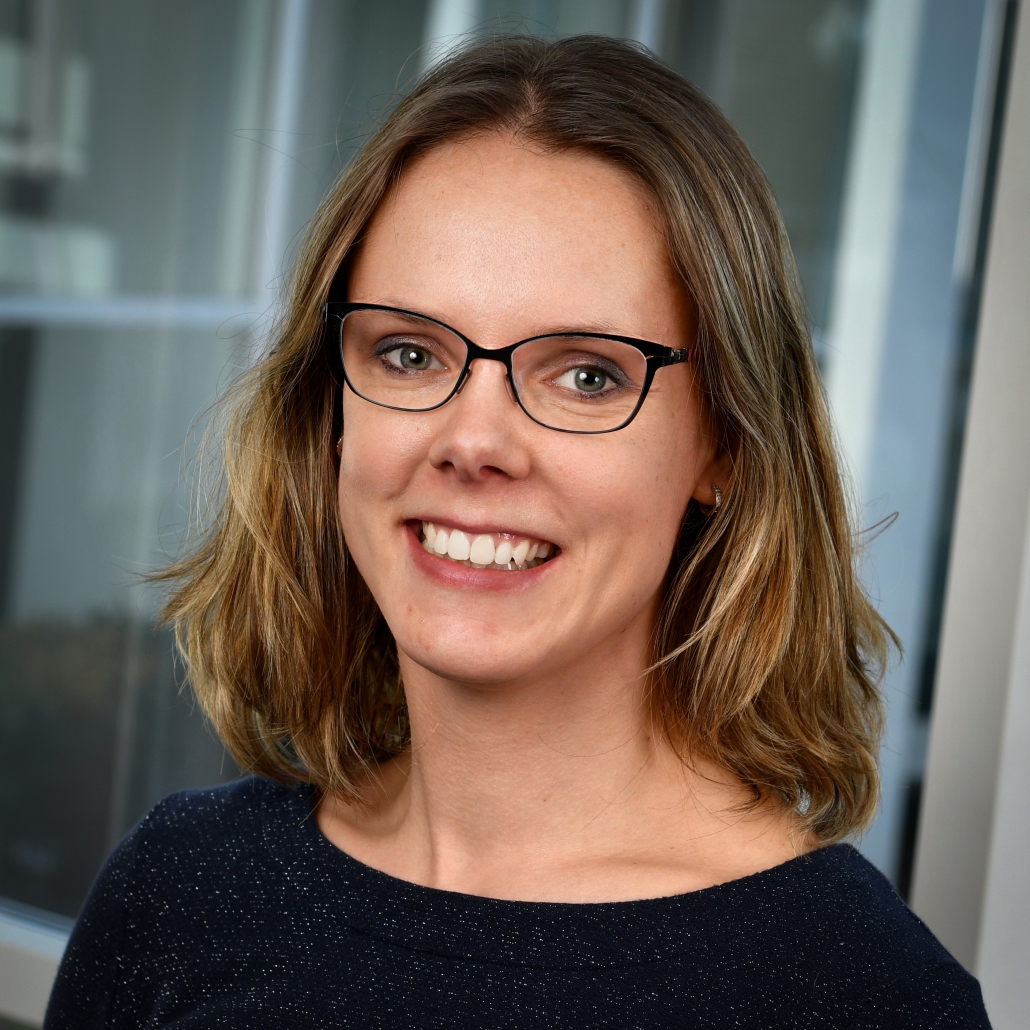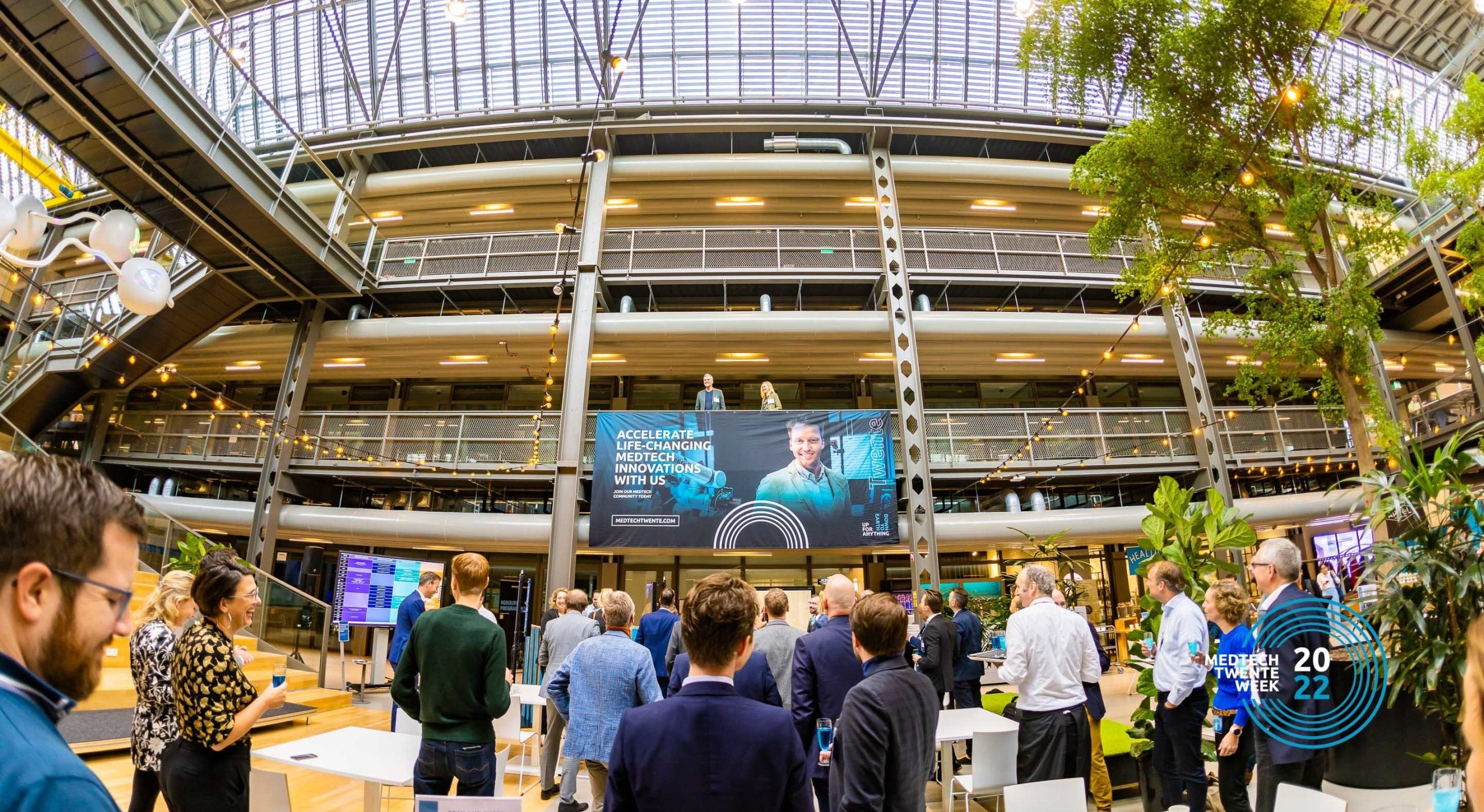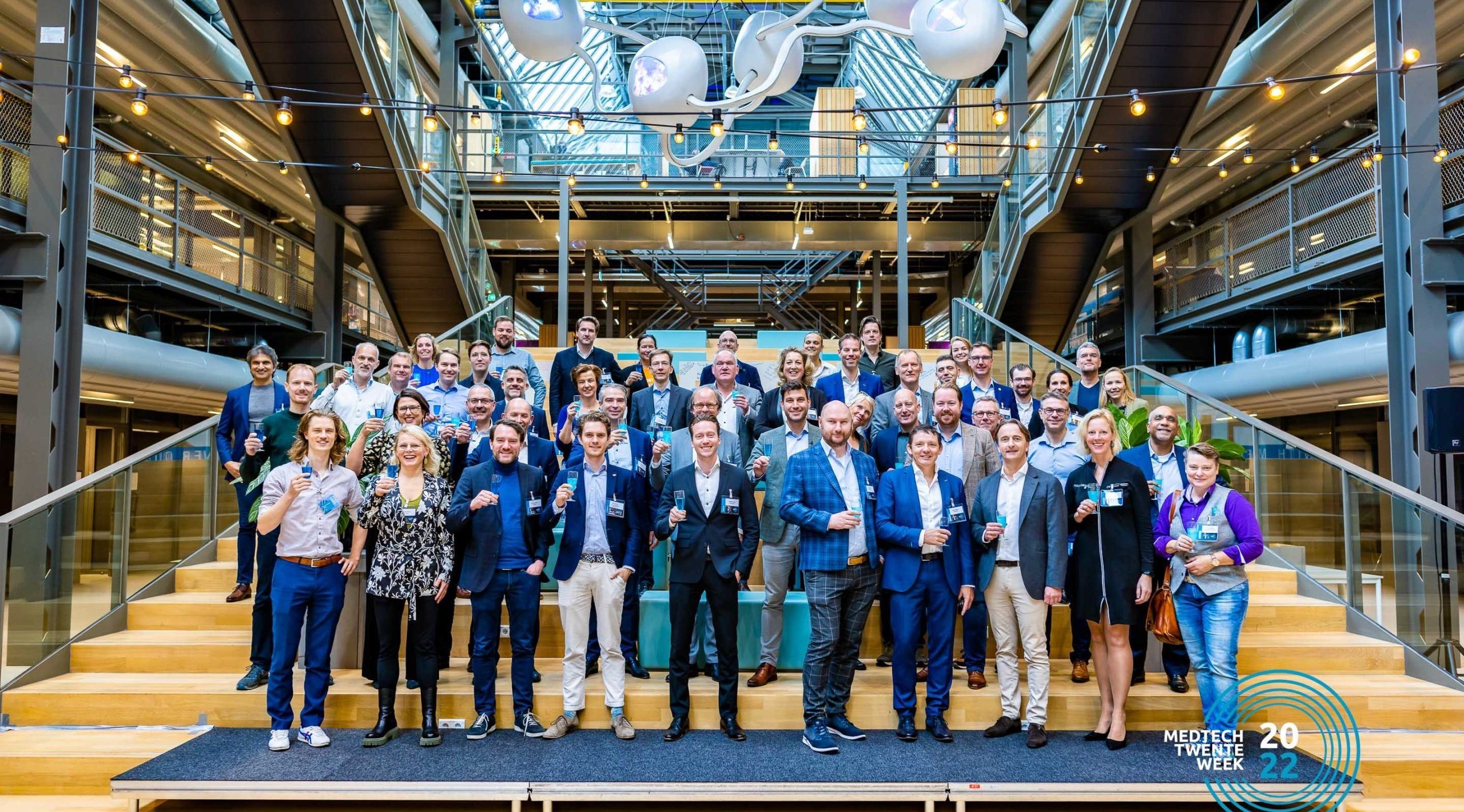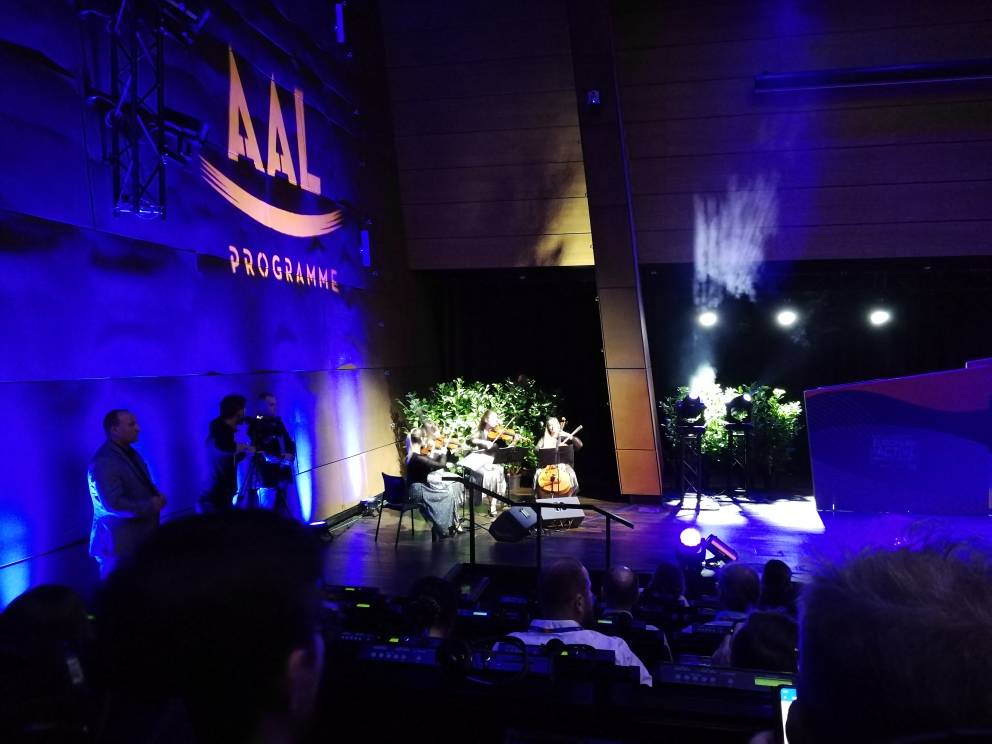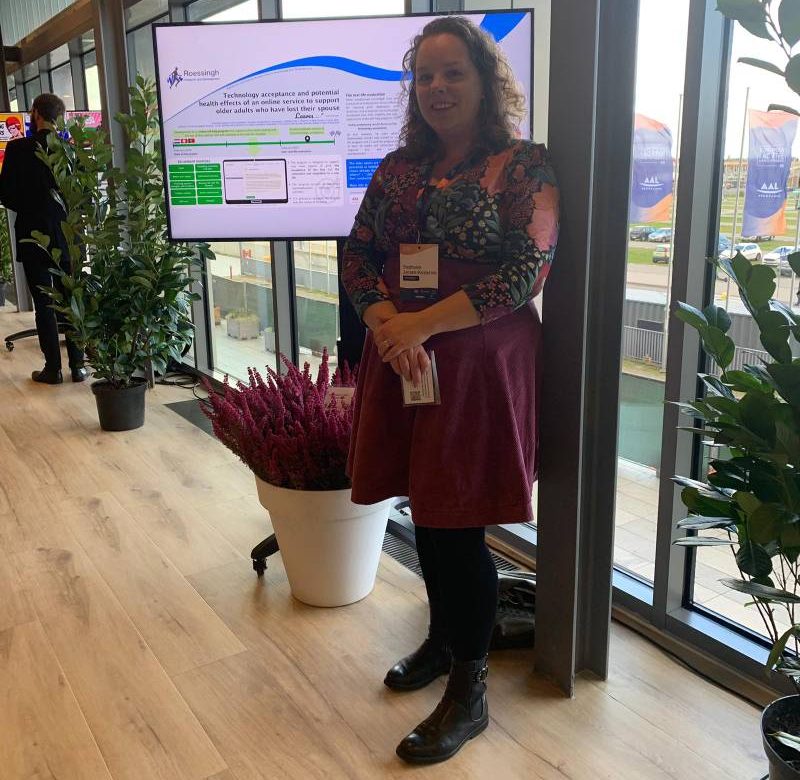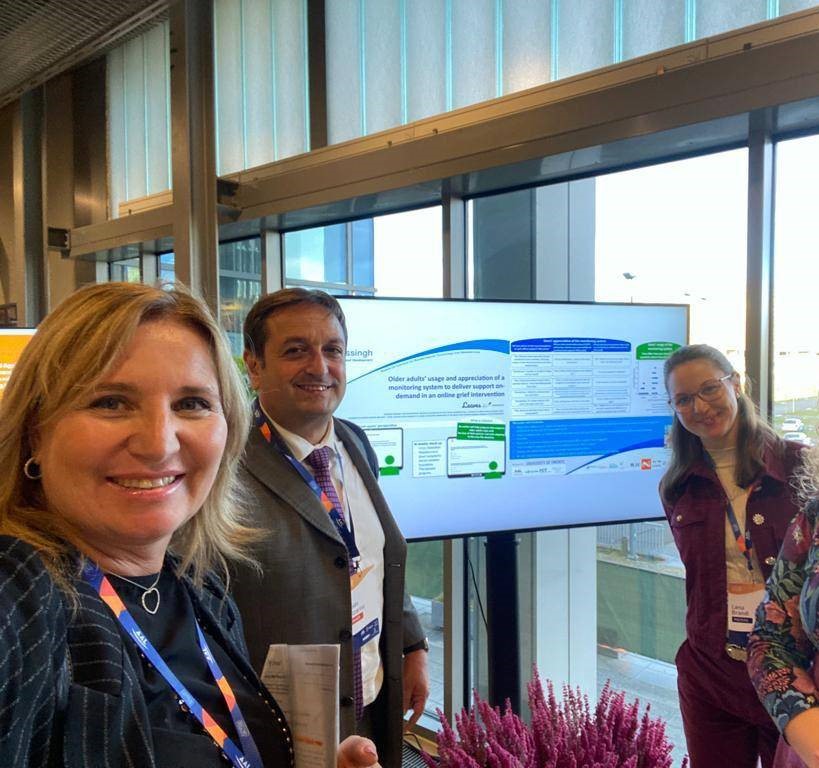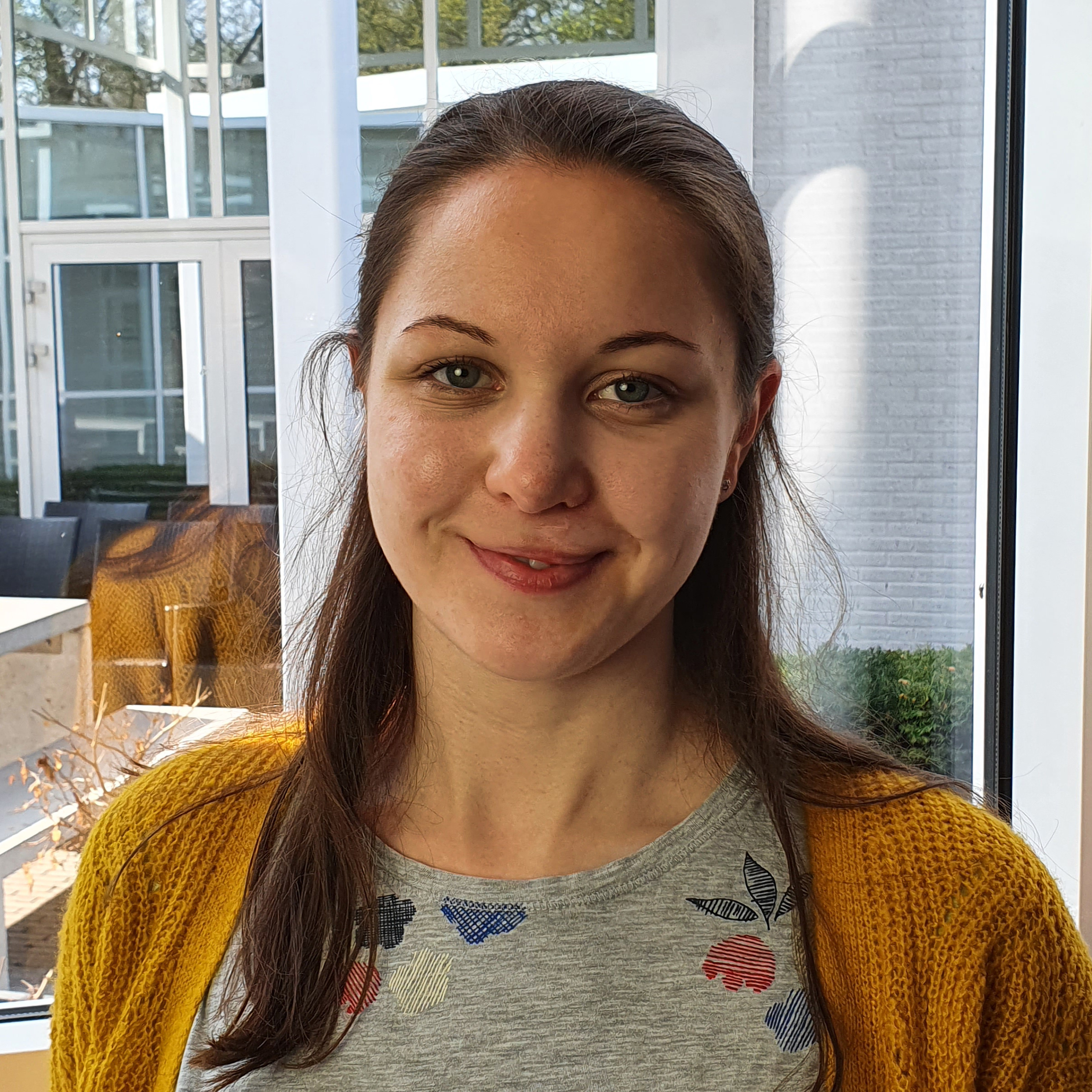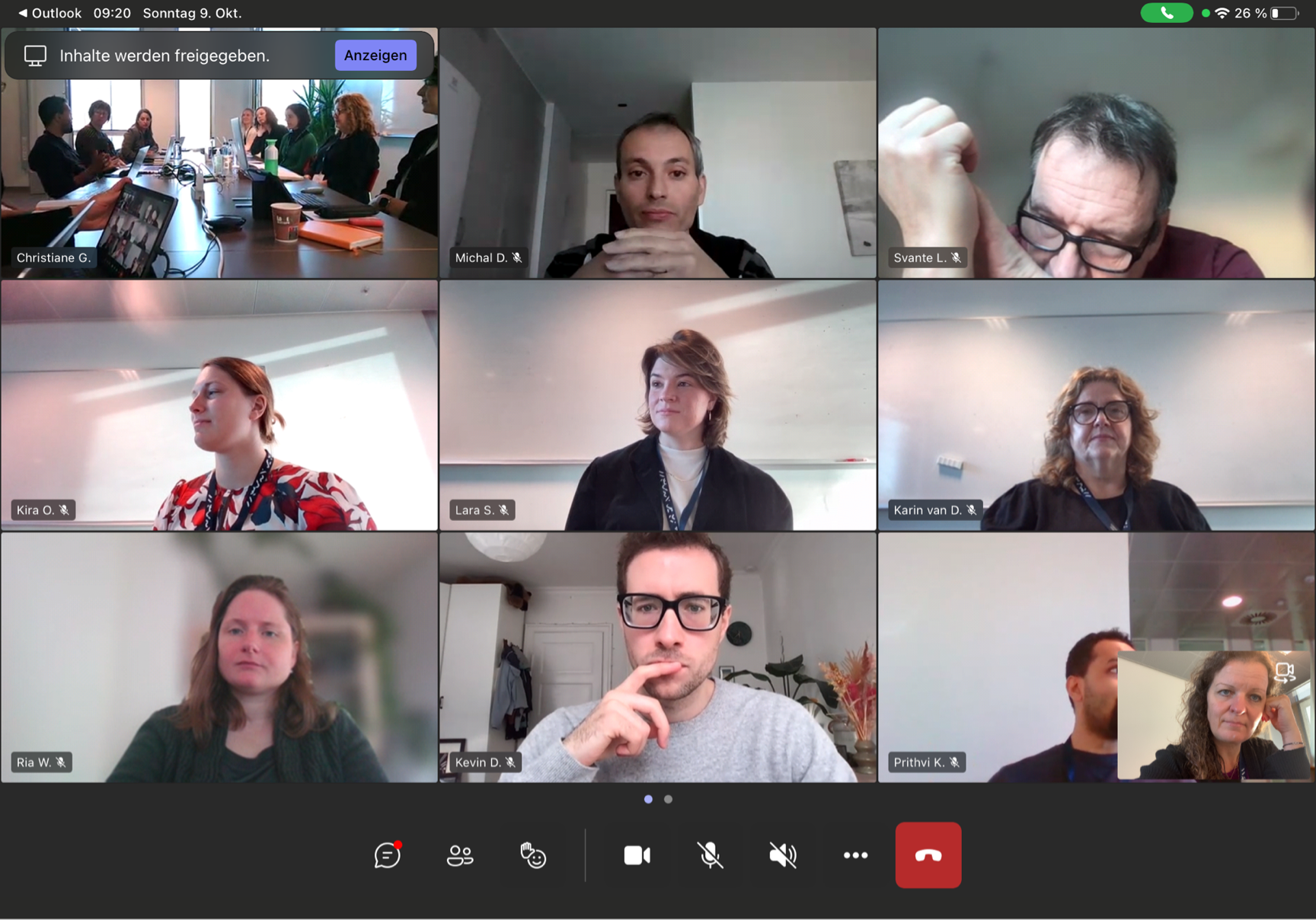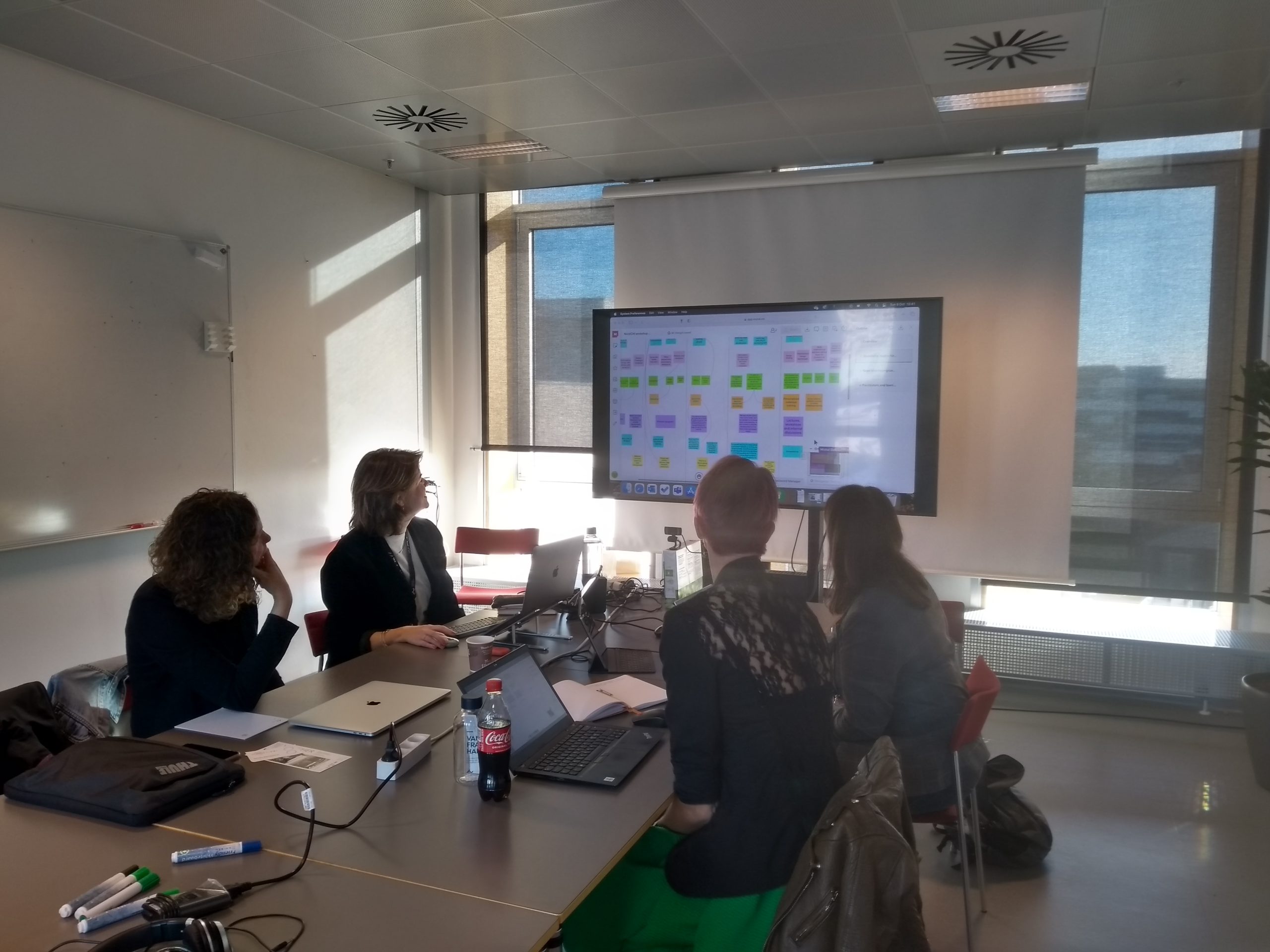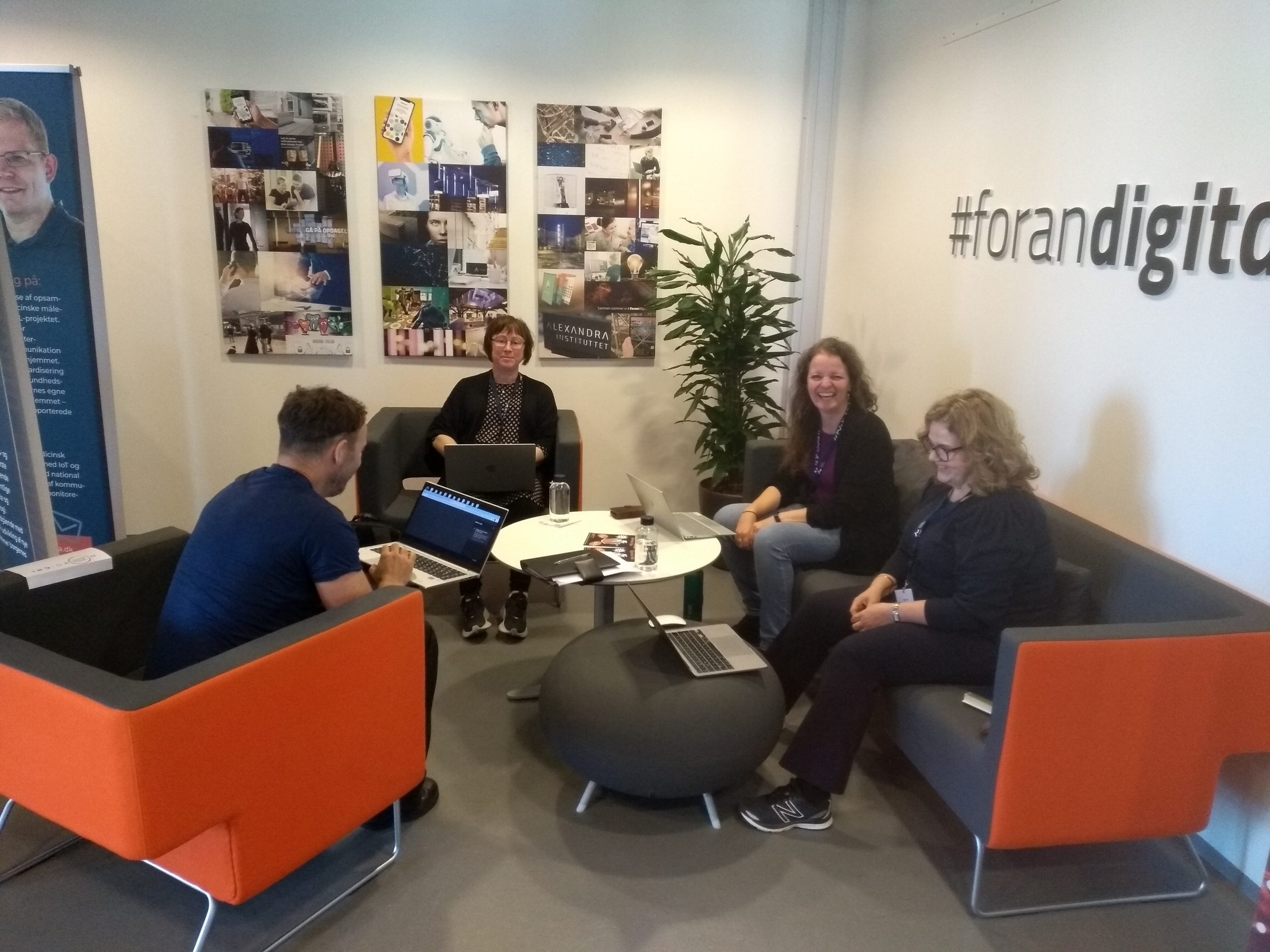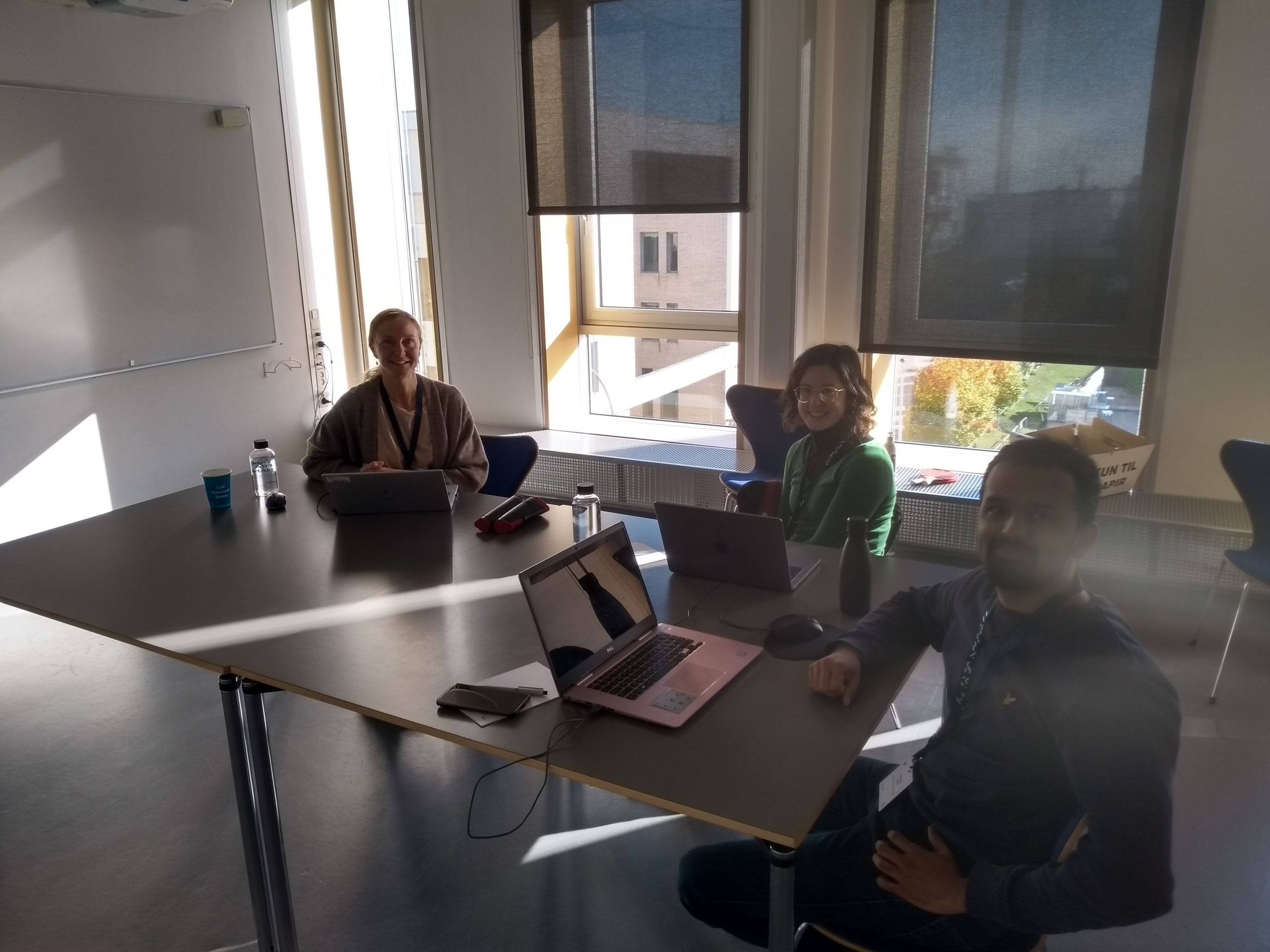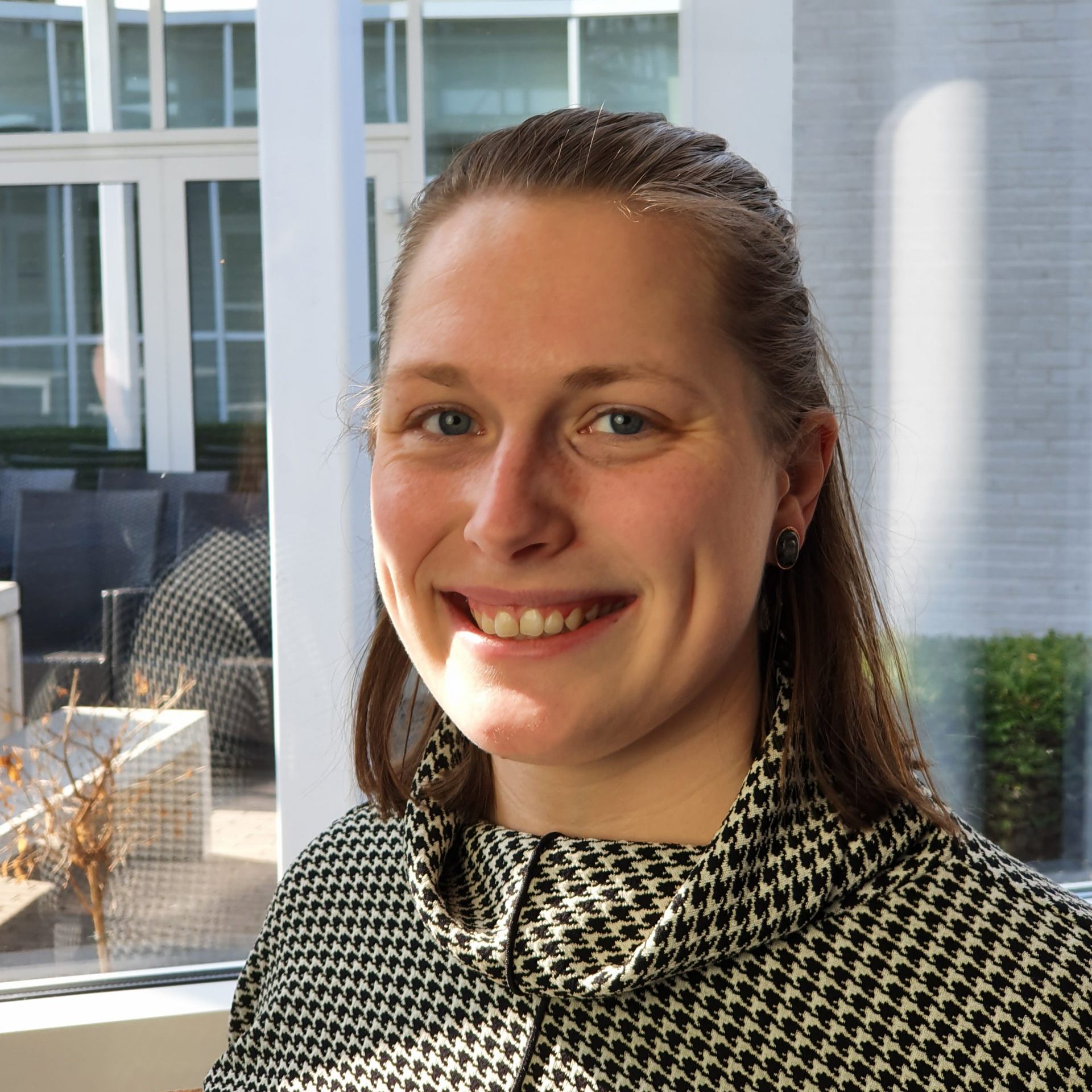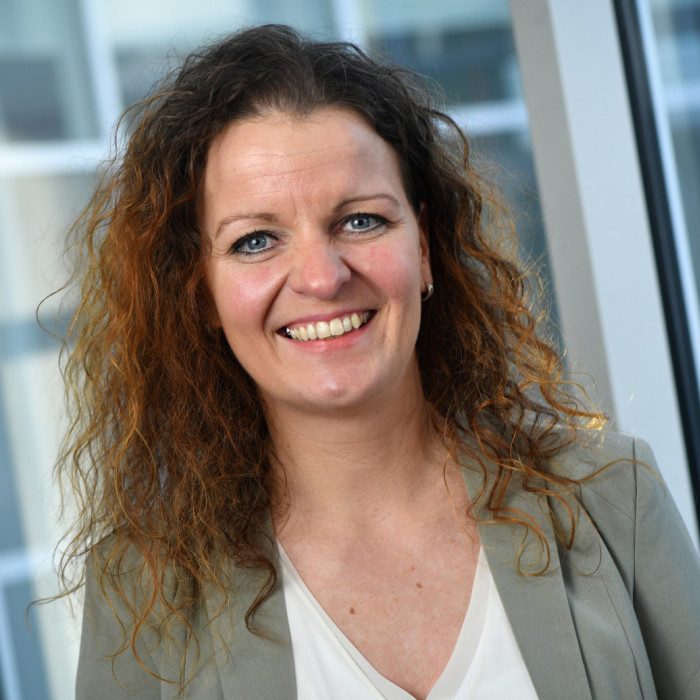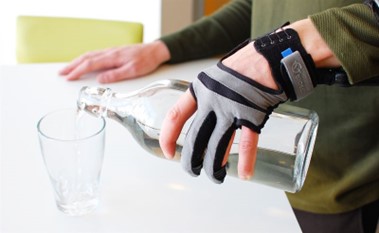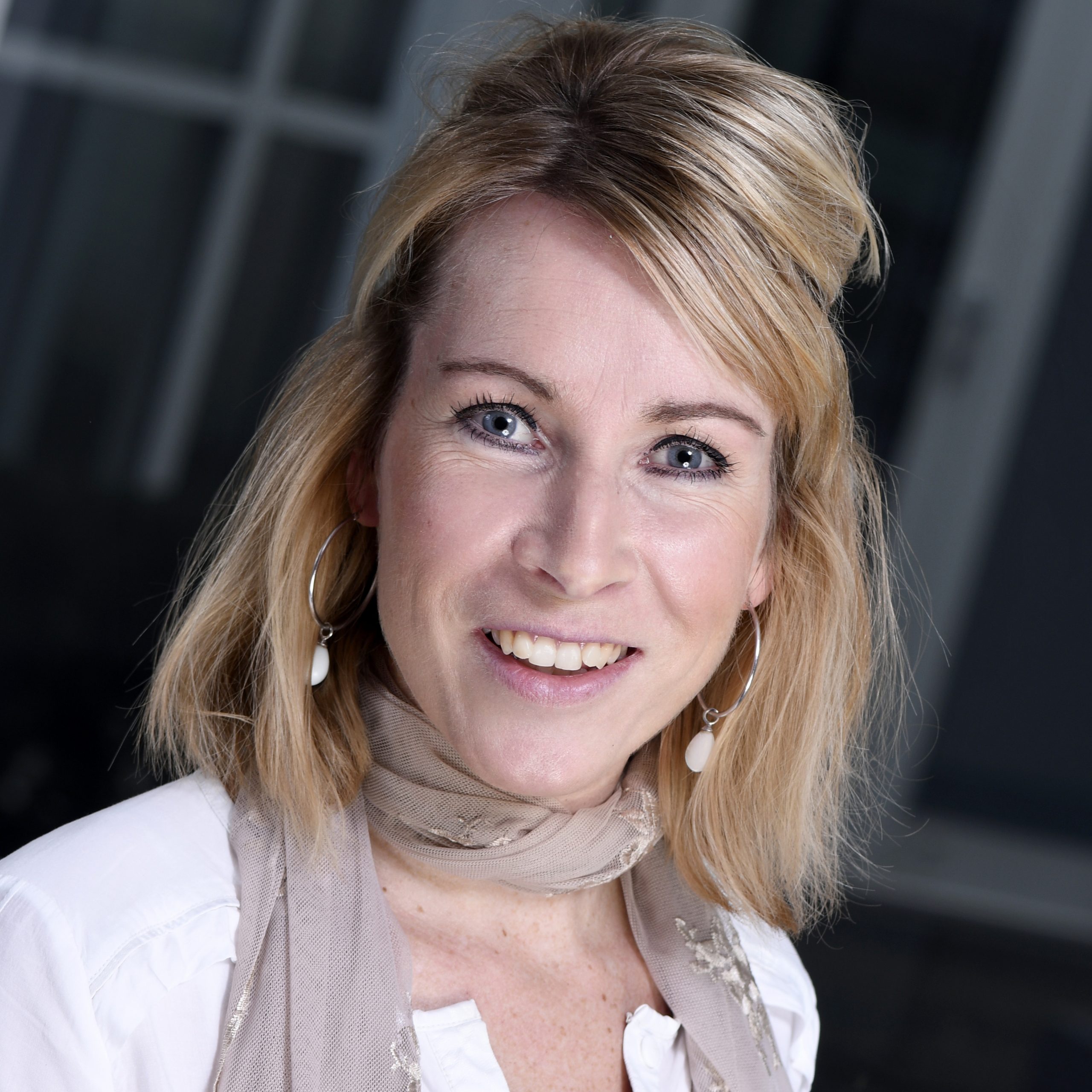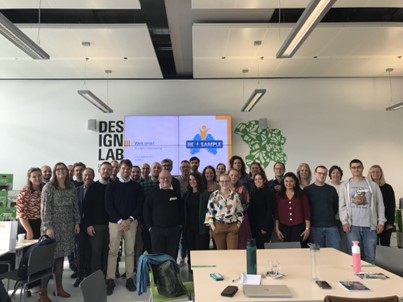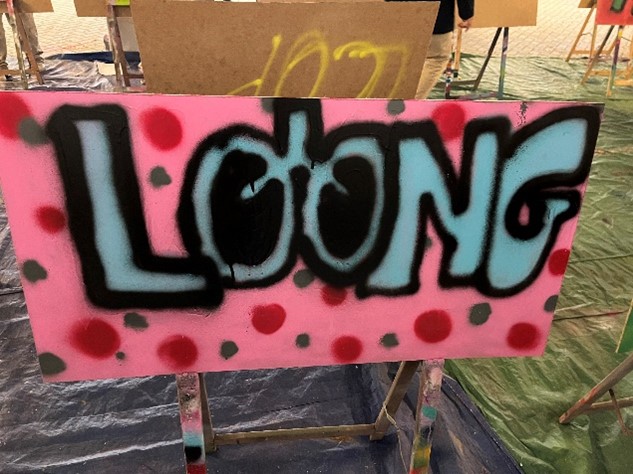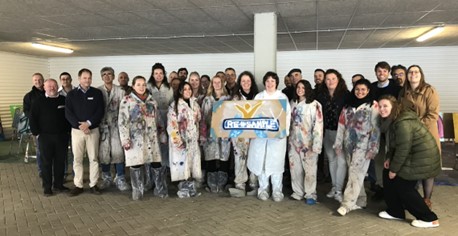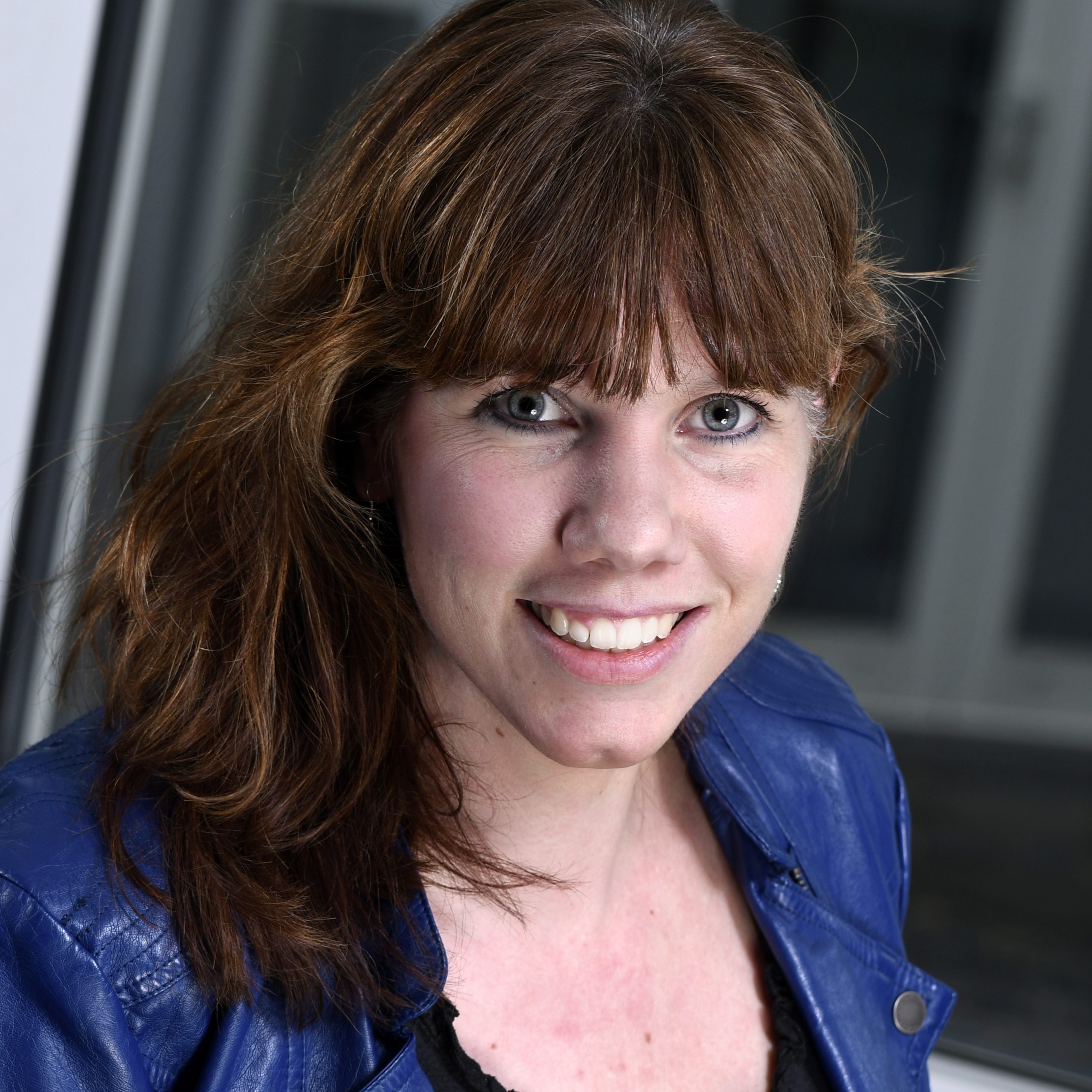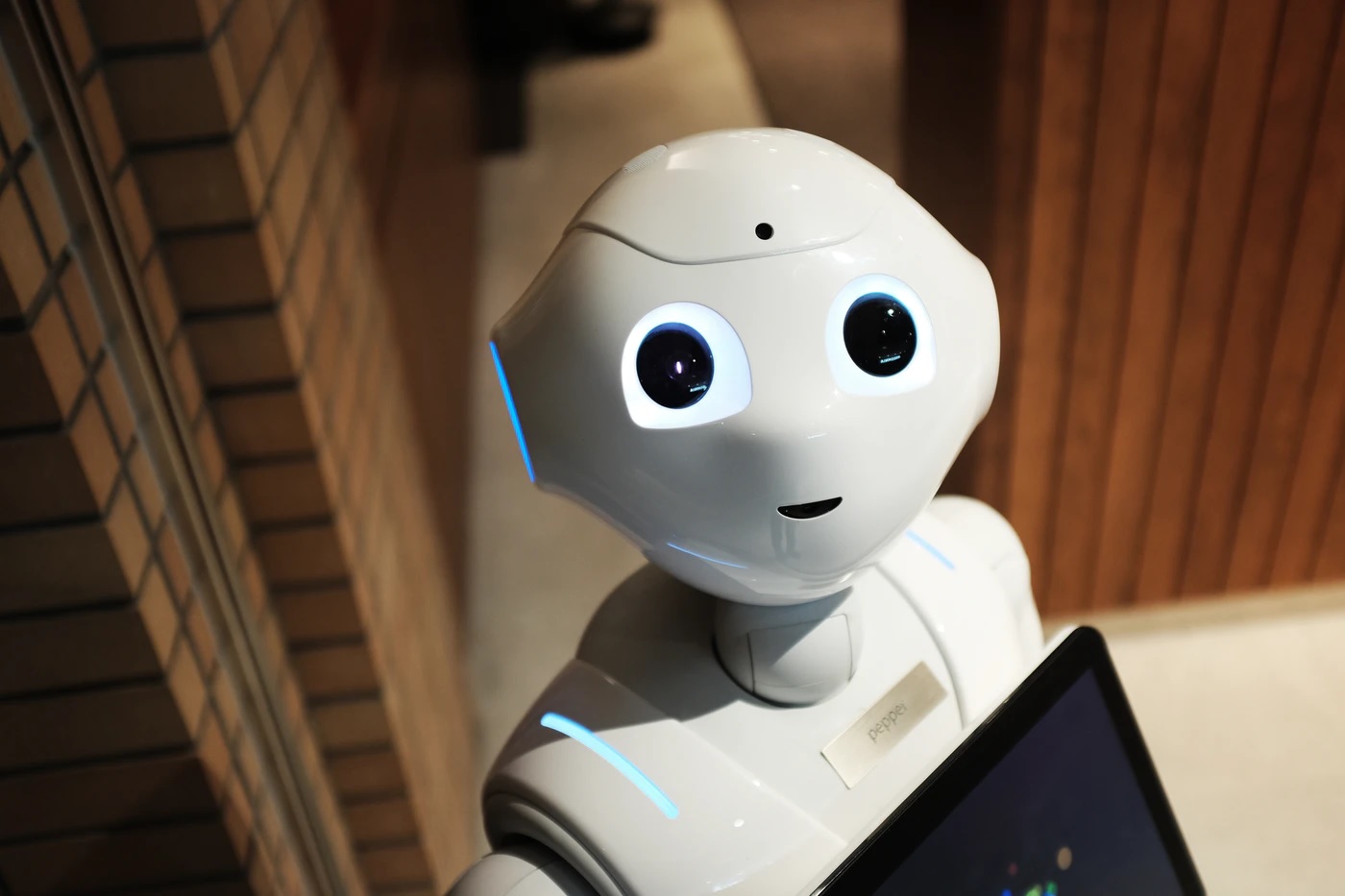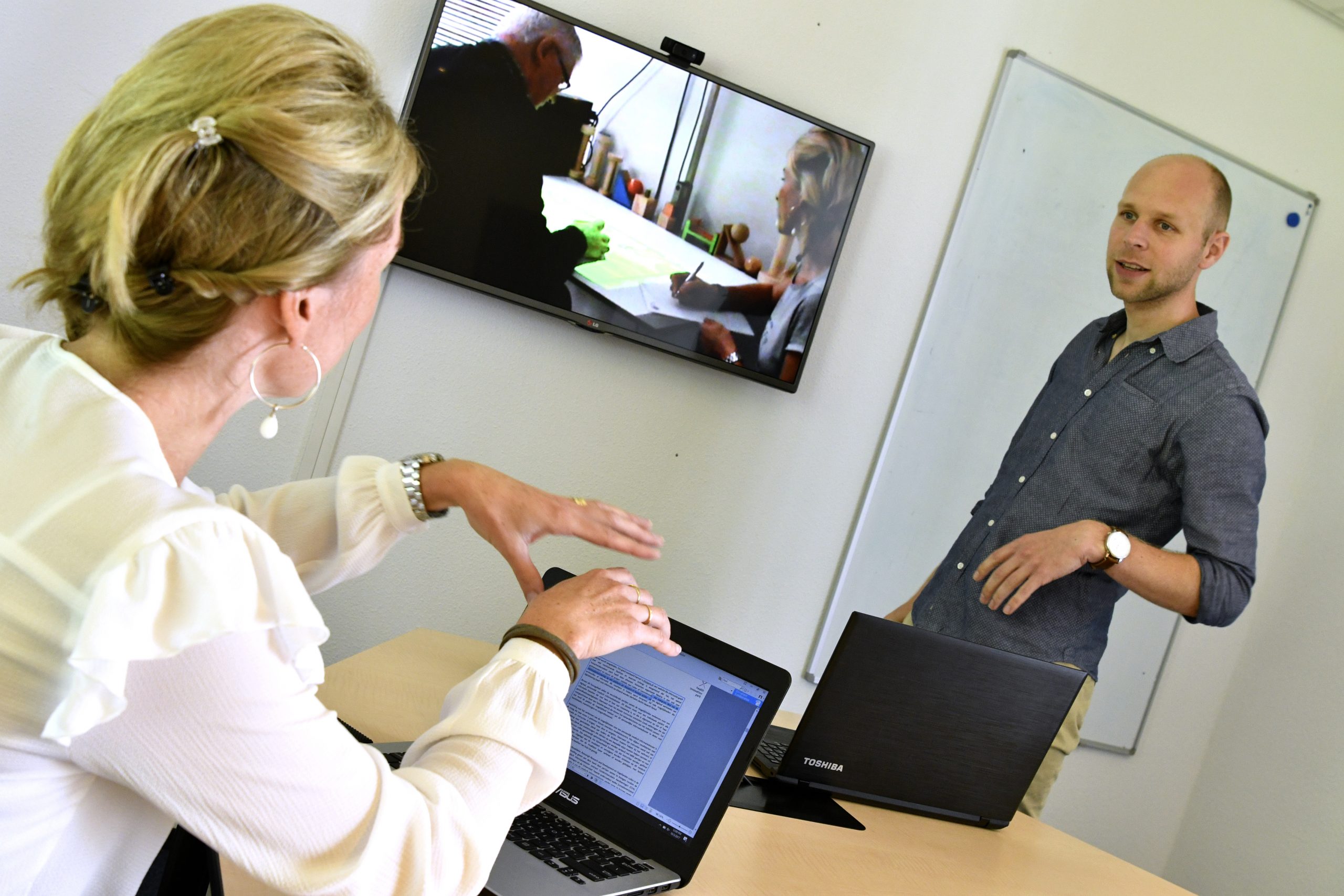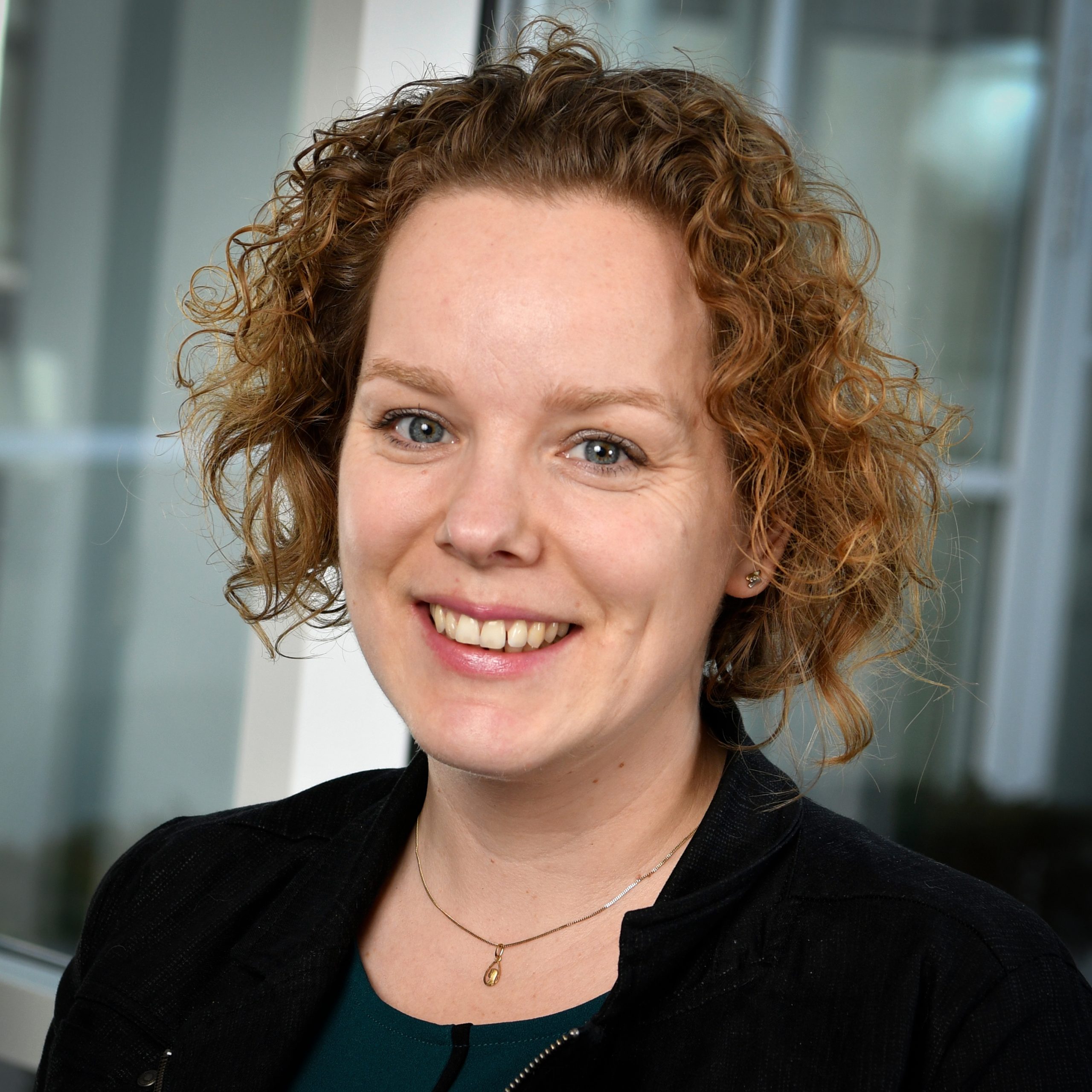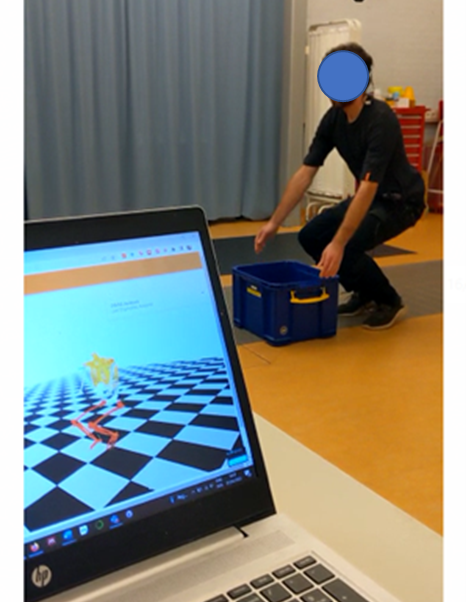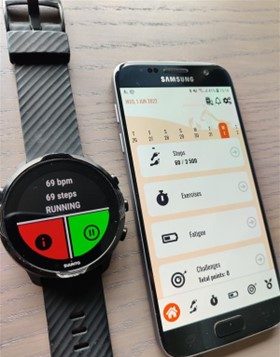Geschreven door: Corien Nikamp
Soms ontvang je van die mailtjes die je bijna richting prullenbak stuurt omdat het de zoveelste uitnodiging voor een artikel in een tijdschrift of congres is, maar die je op het laatste moment toch beter leest. Gelukkig maar! Begin dit jaar was dat ook het geval. Ik ontving een mailtje van iemand van de Noorse Vereniging voor orthese- en prothesemakers, NITO. Ze herinnerde zich mijn presentaties over het gebruik van enkel-voet orthesen (EVO’s) na een beroerte, tijdens het International Society for Prosthetics and Orthotics (ISPO) wereldcongres in Kobe, Japan in 2019. Van Covid-19 hadden we toen nog niet gehoord, dus dat congres lijkt soms uit een andere tijd te stammen. Zij was het congres en mijn presentaties echter niet vergeten en nodigde me uit om op hun jaarlijkse congres in november te komen om daar voor het Noorse publiek over mijn PhD-studie te vertellen, inclusief de laatste ontwikkelingen. Dit soort uitnodigingen komen natuurlijk niet wekelijks voorbij, dus afgelopen weekend ben ik in Trondheim geweest.
Trondheim
Het was een zeer geslaagd weekend. Trondheim is vanwege eerdere congressen geen onbekende omgeving voor me. Met een hotel aan het water en uitzicht op de fjorden geen slecht vooruitzicht voor een kort bezoek.

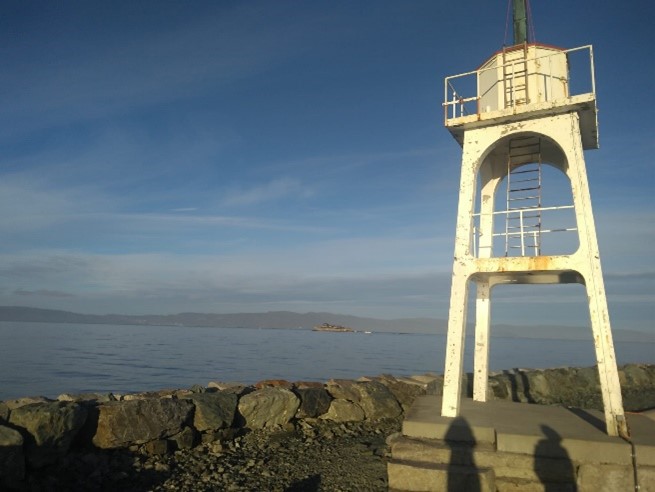
De rijen op Schiphol doorliep ik in 20 minuten doorlopen waar ik 4 uur had ingecalculeerd, dus de trip naar Trondheim verliep zonder enige stress. Als je dan op zondagochtend je presentatie moet geven, maar er op zaterdagavond ook een galadiner met vervolgens feest ingepland staat, is het altijd afwachten of er ook publiek is. Maar de Noren bleken een geïnteresseerd publiek en de zaal was zeer goed gevuld.
Presentatie EVO’s vroegtijdig verstrekken?
In mijn presentatie ben ik ingegaan op de verschillende effecten van vroege verstrekking van EVO’s na een beroerte die ik in een longitudinale gerandomiseerde studie vanuit Roessingh Research and Development (RRD) heb onderzocht. Omdat ik 45 minuten de tijd had, kon ik uitgebreid ingaan op de verschillende effecten die we hebben onderzocht: effecten op functionele uitkomstmaten, het looppatroon, spieractivatiepatronen en valincidenten. In mijn presentaties vind ik het belangrijk daarbij steeds terug te komen op de oorspronkelijk vraag van clinici van Roessingh, Centrum voor Revalidatie die destijds de aanleiding vormde voor mijn promotiestudie:
“Kan ik deze patiënt zo kort na een beroerte helpen door hem/haar een EVO te geven om het lopen te ondersteunen, of is het juist beter nog een tijdje te wachten?”
Bijna 10 jaar studie samenvatten in 45 minuten met 4 hoofdpunten?
- Ja, er zijn voordelen door het vroeg verstrekken van een EVO na een beroerte. Functionele taken kunnen sneller op een hoger niveau worden uitgevoerd (zelfstandig lopen, loopsnelheid, balans etc.), maar het eindniveau verschilt niet van latere verstrekking.
- EVO’s ondersteunen een drop-foot na een beroerte, maar vroege verstrekking heeft geen invloed op beweegpatronen rondom heup en bekken (later verstrekking trouwens ook niet)
- Langdurig gebruik van EVO’s heeft geen invloed op spieractivatiepatronen en maakt een spier dus niet “lui”.
- Valincidenten vinden vaak plaats als de EVO niet gedragen wordt. Let dus op welke instructies je meegeeft aan patiënten.
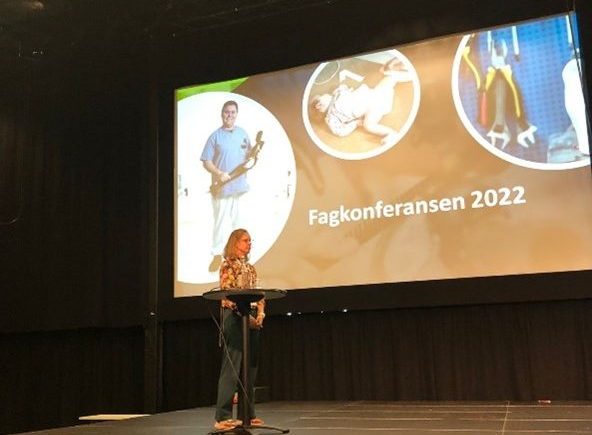
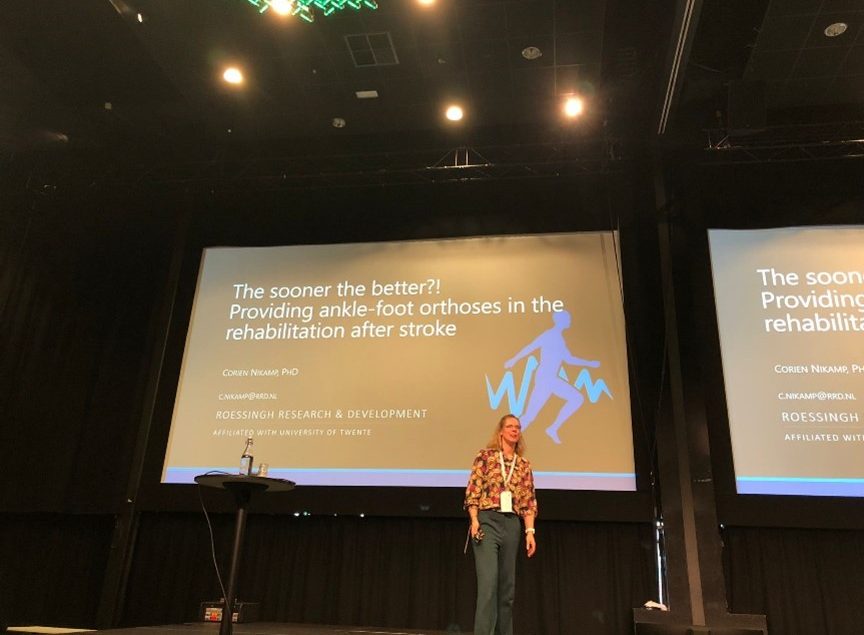
Implementatie van wetenschappelijk onderzoek naar zorgpraktijk
Vervolgens ben ik ingegaan op de nieuwste ontwikkelingen: hoe zorgen we voor implementatie van de resultaten naar de kliniek? Op basis van de resultaten van m’n promotiestudie ben ik samen met artsen en therapeuten van Roessingh, Centrum voor Revalidatie en Roessingh RevalidatieTechniek aan de slag gegaan om de antwoorden die de studie opgeleverd heeft terug te brengen naar de praktijk. We hebben daarbij een nieuw spreekuur opgezet dat het mogelijk maakt in de eerste weken na een beroerte al te kijken of iemand mogelijk baat heeft bij een EVO en deze vervolgens ook snel te kunnen verstrekken. Ook met betrekking tot de instructies voor revalidant en naaste is nu meer aandacht voor het verschil tussen lopen met en zonder EVO en het verhoogde valrisico.
Het verhaal sloeg duidelijk aan bij het Noorse publiek. Veel instemmende gezichten tijdens de presentatie, leuke vragen achteraf en na afloop diverse gesprekken met orthesemakers die vragen waar ze publicaties na kunnen lezen.
Hopelijk kunnen we vanuit RRD en Roessingh op deze manier bijdragen aan het verbeteren van de revalidatiezorg op het gebied van EVO’s na een beroerte.
Benieuwd naar meer details hoe we het spreekuur vorm hebben gegeven, of hoe we kennis met betrekking tot innovatie en implementatie van zorgtechnologie bij RRD in kunnen zetten voor uw eigen vraagstuk? Neem contact met ons op!
